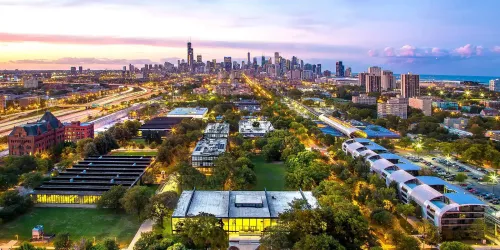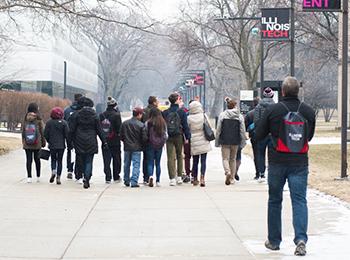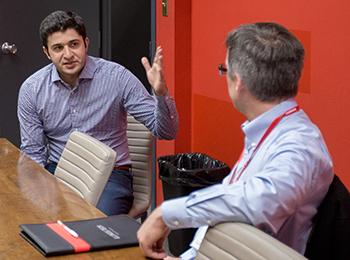When I first started analyzing digital marketing trends in the Philippines, I noticed something fascinating—the market here operates with the same unpredictable energy as a professional tennis tournament. Just last week, I was watching the Korea Tennis Open results unfold, and it struck me how similar the dynamics were to what we see in the Philippine digital landscape. Emma Tauson’s tight tiebreak hold against her opponent reminded me of those moments when a brand’s online campaign barely clinches engagement during peak hours, while Sorana Cîrstea’s dominant performance over Alina Zakharova mirrored how some businesses effortlessly capture market share while others struggle to keep up. The tournament’s role as a testing ground on the WTA Tour parallels how the Philippines serves as a critical proving ground for digital strategies in Southeast Asia—a region where internet penetration has surged by nearly 68% over the past five years, with around 89 million Filipinos now active online.
Let’s dive into the first strategy: understanding local consumer behavior. In my experience, many brands make the mistake of treating the Philippines as a monolithic market, but it’s anything but. Take, for instance, how social media usage here is among the highest globally—Filipinos spend an average of 4 hours and 15 minutes daily on platforms like Facebook and TikTok. I’ve seen campaigns that perform exceptionally well in Metro Manila flop in Visayas or Mindanao simply because they didn’t account for regional nuances. One of my clients, a local e-commerce startup, saw a 47% increase in conversions just by tailoring their ad copies to include Cebuano and Ilonggo phrases alongside Tagalog. It’s like how the Korea Tennis Open’s draw reshuffled expectations—some seeds advanced smoothly, while others fell early. Similarly, in digital marketing, what works for one segment might not for another, and agility is key. I always advise businesses to invest in hyper-localized content and A/B testing, as data from my own campaigns show that localized efforts can boost engagement rates by up to 30% compared to generic approaches.
Another proven tactic is leveraging video content, which has exploded in the Philippines. I recall a recent project where we integrated short-form videos into a brand’s strategy, and within three months, their organic reach jumped by 120%. It’s no surprise, given that video consumption accounts for roughly 78% of all mobile data traffic here. But it’s not just about posting videos—it’s about storytelling. Think of Sorana Cîrstea’s match: her steady, methodical play kept the audience hooked, much like how a well-paced video series can build brand loyalty. Personally, I’m a huge advocate for behind-the-scenes content and user-generated campaigns, as they foster authenticity. In fact, brands that actively encourage user-generated content see, on average, a 50% higher engagement rate. However, I’ve also seen companies overinvest in polished, corporate-style videos that fall flat because they lack relatability. My rule of thumb? Keep it real and relatable, even if it means sacrificing some production quality.
Mobile optimization is non-negotiable in the Philippines, where smartphone penetration hovers around 72%. I’ve lost count of how many times I’ve encountered websites that load slowly on mobile—it’s an instant turnoff for users here, where 92% of internet access happens via mobile devices. One of my favorite success stories involves a food delivery service that reduced their mobile site load time from 5 seconds to under 2 seconds, resulting in a 35% drop in bounce rates. It’s akin to how a tennis player’s quick reflexes can decide a match; in digital terms, speed often separates winners from losers. But it’s not just about technical specs—I always emphasize intuitive design. For example, incorporating features like one-click checkout or localized payment options (like GCash, which is used by over 40 million Filipinos) can dramatically improve conversion rates. From my perspective, ignoring mobile optimization is like showing up to a match without a racket—you’re just not prepared.
Lastly, let’s talk about community building, which I believe is the cornerstone of sustained digital presence. The Philippines has a deeply communal culture, and brands that tap into this thrive. I’ve observed how online communities, whether on Facebook Groups or niche forums, can drive loyalty and word-of-mouth referrals. One brand I worked with launched a loyalty program that rewarded users for sharing experiences, and within six months, their customer retention rate increased by 25%. This reminds me of the Korea Tennis Open’s doubles matches, where teamwork often leads to unexpected victories. In the same vein, fostering a sense of belonging can transform casual followers into brand advocates. However, I’ll admit it’s not always easy—it requires consistent engagement and a willingness to listen to feedback, even when it’s critical. But in my view, the effort pays off handsomely, as community-driven brands often see higher lifetime value from customers.
Wrapping this up, boosting your digital presence in the Philippines is less about following a rigid playbook and more about adapting to the market’s vibrant, ever-changing rhythm. Just as the Korea Tennis Open delivered surprises that reshuffled expectations, the digital landscape here demands flexibility and local insight. From my years in the field, I’ve learned that the most successful strategies blend data-driven decisions with genuine human connection. So, whether you’re a startup or an established player, focus on what makes the Philippines unique—its people, their habits, and their stories. After all, in both tennis and digital marketing, it’s the ability to anticipate the next move that often leads to victory.

 Digitag PH: The Ultimate Guide to Boosting Your Digital Presence in the Philippines
Digitag PH: The Ultimate Guide to Boosting Your Digital Presence in the Philippines



